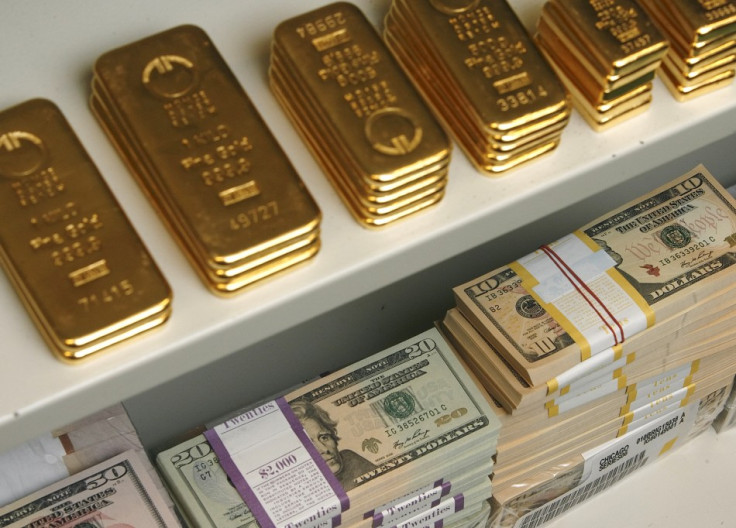US dollar influence on gold prices likely to diminish amid huge demand from emerging markets

The US dollar's inverse relationship with gold has changed dramatically over the past decades and is likely to shift further as demand moves East and the world moves to a multicurrency system, according to the World Gold Council.
The organisation responsible for the development of the gold industry said in a report that gold prices are driven by multiple interconnected factors, and the US centric explanations about gold prices are risky for investors.
The council noted that gold market commentators, especially in the US, tend to link the changes in gold prices to the US dollar and US interest rates. While the US variables are important, the large demand for physical gold from emerging markets would make faulty any theory that relies too heavily on US-metrics.
Generally, there is an inverse correlation between gold and the dollar. However, the council's analysis shows it is asymmetrical: Gold price increases more when the dollar weakens, than it falls when the dollar strengthens.
While the council agrees that the rise in US dollar would put pressure on gold, it sees the relationship between the dollar and gold as more complex today than in the past and is likely to continue to change.
"Today's macroeconomic environment is marked by unprecedented monetary policies, low rates, expensive stock valuations, and deflation concerns in many parts of the developed world," the council says.
"In addition, emerging markets' influence has grown and we are slowly but surely moving towards a multi-currency financial system. While the dollar remains an important driver for gold, its influence in our view is likely to diminish."
An ongoing strong dollar environment does not necessarily result in further gold weakness ahead, it noted.
Speaking about US interest rates, the council said the common wisdom that higher real US interest rates are always bad for gold is both partly right and party wrong.
"Jewellery and technology demand make up almost 60% of annual physical gold demand. For these markets, there is an indirect positive relationship to interest rates – higher interest rate cycles typically coincide with higher economic growth and consumer spending," the report says.
"Developed-market gold demand has declined to less than 30% over the past decade from more than 60% in the 1970s. Emerging-market demand (circa 70% per year) is less sensitive to US rate changes, and to a great extent jewellery and technology demand is pro-cyclical."
According to the council, there are seven key factors that matter most for gold prices: Currencies, inflation/deflation, interest rates, consumer spending and income growth, systemic and tail risks, and supply-side factors. They interact with each other through various channels to affect the gold market and its price.
© Copyright IBTimes 2025. All rights reserved.





















